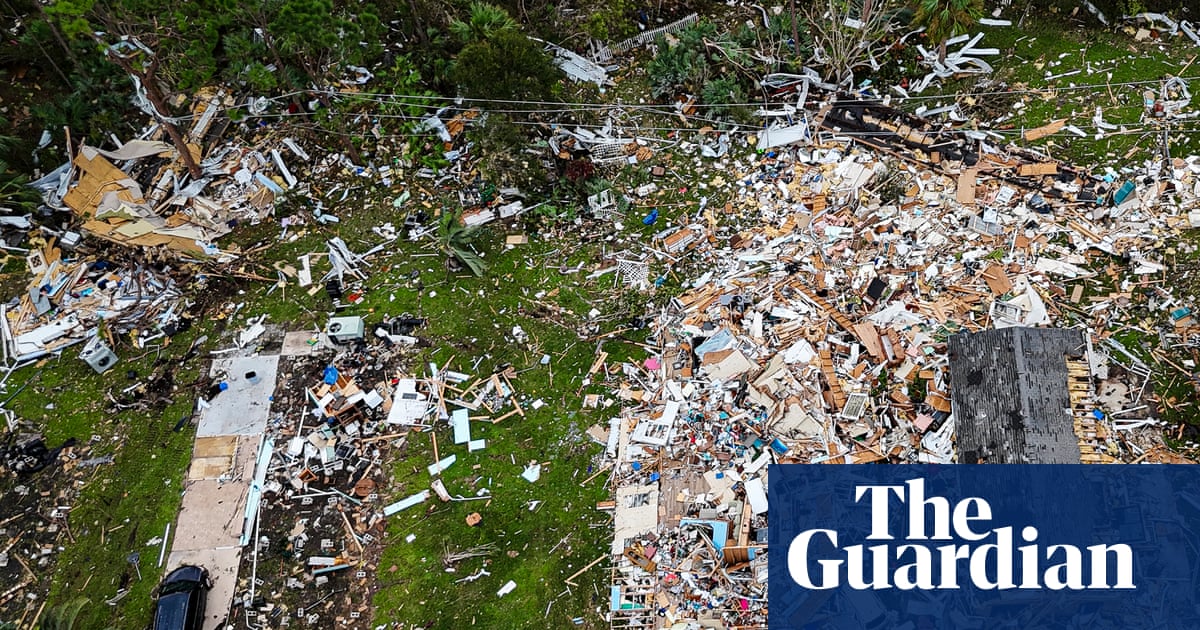Scientists have used Met Office radar data to track the trillions of insects flying above the UK for the first time, revealing a concerning decline in nocturnal species.
The team repurposed data from the UK’s network of 15 weather surveillance radars, which scan the sky hundreds of times a day.
Between 2014 and 2021, daytime insect numbers remained relatively stable or even increased in southern regions, but night-time-airborne insects declined overall, especially in the far north, the analysis suggests.
“This is one of the first studies to show how day- and night-flying insects are being affected differently, and how their habitats influence those patterns,” said Dr Mansi Mungee, who led the work as a postdoctoral researcher at the University of Leeds, and is now based at Azim Premji University in India. “It’s a crucial step toward understanding where to focus conservation efforts.”
Modern radar works by sending out pulses of microwaves that bounce off precipitation and other airborne obstacles. By measuring the time it takes for the signal to return, its intensity and other features, radar can determine the location, number and size of insects in the air.
Their results show an average of 11.2tn insects flying between 500 and 700 metres above the ground during daytime hours and just over 5tn at night. Insect abundance was higher in areas with woodlands, grasslands, and even urban areas – but dropped in intensively farmed regions and where artificial lighting was high.
Birds, bats and insects were first spotted as mysterious blips on British military surveillance during the second world war, with radar operators so mystified that the puzzling signals were initially known as “angels”.
In the intervening decades, as radar was co-opted for weather forecasting, Met Office scientists have developed sophisticated algorithms to remove the “biological scatter” caused by swarms of insects and migrating birds.
“They’d been throwing out heaps of biodiversity data,” said Dr Christopher Hassall, an animal biology researcher at the University of Leeds and co-author of the research. “We realised this data could potentially be extracted and that it could be a treasure trove of information rather than an irritation.”
Instead, the insect mapping team discarded the other half of the data – the rain and clouds and weather – to reveal the motions of insects in the air.
“Some of the insects are active flyers, some are just following the thermals,” said Dr Ryan Neely, of the National Centre for Atmospheric Science and the University of Leeds. “It’s an amazing way to visualise what the air is doing. It’s really beautiful.”
The current study focused on overall numbers rather than how many different species were present, which is often the focus of citizen science monitoring of insect biodiversity.
after newsletter promotion
Nocturnal insects, such as moths, showed an overall decline in the past four years, driven by declines in northern regions. Artificial light at night, already known to disrupt insect behaviour, may be contributing to their decline, the scientists concluded.
“It could be a blip, but there’s also a shift in the way we are lighting the night, in terms of the types of bulbs and car headlights getting brighter,” said Hassall.
During both day and night, there was a decline of northern species and an increase of insects in the south, which is likely to be linked to the climate crisis.
“The northern species will be declining because it’s getting too warm and too dry for them,” said Hassall. “They will be replaced by southern species, but there’s a lag.”
Cities appeared to have higher insect numbers than homogenous agricultural land, which is likely to offer less diverse habitat. The findings are published in the journal Global Change Biology.

 1 month ago
26
1 month ago
26

















































